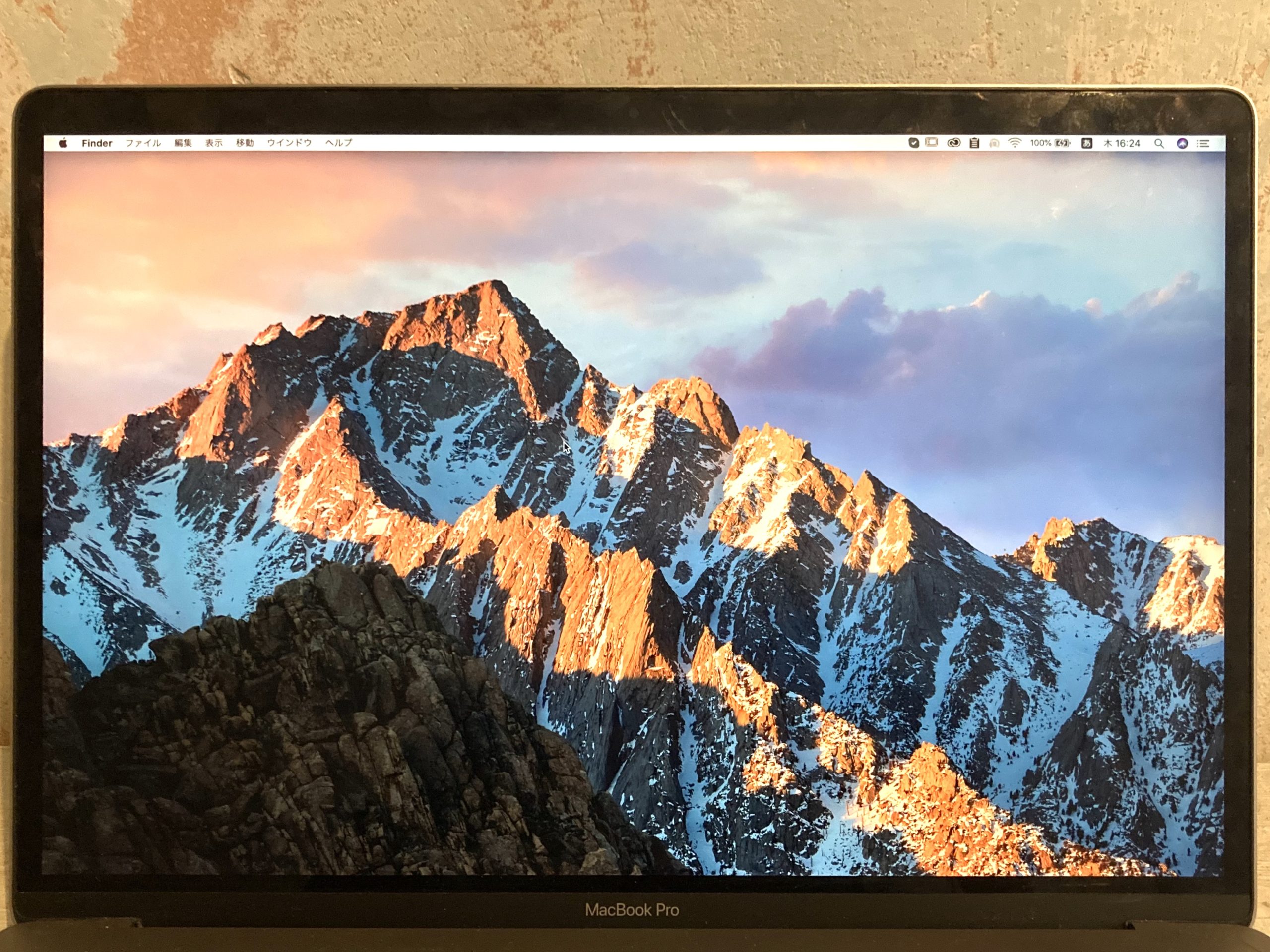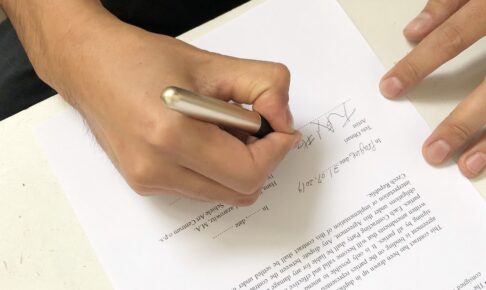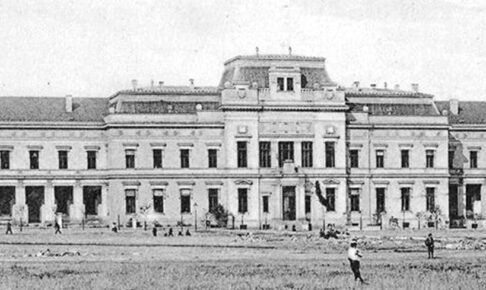Hi, this is AYA and I am working as a web designer.
This time, I would like to explain the necessity of a website and will also explain the necessity of a portfolio site and how to manage it.
目次
The Necessity of Spending Money on a Portfolio Website
Recently, more and more artists do not have a portfolio website. For example, artists can archive their works online without spending money by using social networking services such as Instagram, Facebook, tiktok using free web services. Still, there are three advantages to spending money to create a portfolio site.
1: It can be used as a sales tool.
2: It shows that you are a serious artist.
3: To gain credibility in business (collaboration with companies for goods, book design, etc.)
Many young artists tend to start with a free web service and gradually move to a paid server. However, it is not easy to transfer a site that has been built once.
In fact, if you create your own website, the initial cost is not that much. Even a full-fledged website can be created for around 200 Euro max. If you are serious about continuing your career as an artist, you should spend money to create a portfolio site from the beginning stage. Achievements will follow.
So how do you make your own website? For those who want to do it as inexpensively as possible, here is how to create a full-fledged portfolio site.
This is the author’s actual experience. The server is WordPress, and the cost of server management and domain name is about 200 Euro. In addition, 60 Euro will be charged every year as a fixed cost. Prices vary depending on each web service, so please use this only as a reference.
4 of categories to be listed
Before creating a portfolio site, you need to prepare the categories you want to include on your site. I wrote about how to choose information within each category in a separate article.
1. Artwork

Prepare ” images of the works, title, size, and year of creation.
Depending on the medium, you may also want to describe the materials used and the software and techniques used. In the contemporary art industry, the size of the work should be described in increments of 0.5 cm (e.g., 25.5 cm).
It is also a good idea to prepare a concept of the work, as this is effective for search engines such as google and yahoo.
The important is its photograph. Even if the quality of the artwork is not impressive, if the photos are beautiful, the image will be good. If you can take great photos yourself, that’s great, but if that’s still too difficult for you, ask a friend or a professional photographer to do it for you.
Even if you don’t post them on your portfolio site, they can be useful for presentations and lecture photos.
2. Biography

A biography, also called an artist statement, is a statement that summarizes “what kind of artist am I ?”.
There are rare artists who do not have a biography on their portfolio site, such as those who want to maintain the image of an underground artist or those who have an introductory statement on their contracted gallery’s website. However, in today’s age of social networking, individuals have the power to communicate. Therefore, most professional artists write biographies.
However, appreciation and purchase of art is only possible with trust in the artist. In other words, biographies are important for branding.
But how do to write the one? For example, you describe your identity, including your motivations and interests that led you to start your career as an artist, and the people who influenced you. Some of them are written by tying in their representative works.
3. CV

Generally, a CV is a summary of work achievements. An artist’s CV will summarize activities and media achievements, such as “Where have you been exhibited and in which media?” and summarizes your activities and media track record. Gallerists and curators will be looking for this.
You don’t have to include everything in your CV. It is the best to include only the most important activities and achievements to date. Too much content will cause people to get tired of reading and leave the site.
4. Contact Information
Without contact information, viewers will not be able to contact you. Create and include a work email address.
Divide your page into four sections
You have prepared the information you want to include on your site. How should you organize it?
It is important to keep the information simple. An artist’s portfolio site should be divided into a top page and three subpages.
1: TOP page

The top page is the face of the site. The point is to show what kind of artist you are at a glance. Be particular about the font of the name. A logo would be even better.
Basically, there are many patterns that either show several types of works in a sliding style or only one representative work. For example, a sculptor who uses a variety of materials might want a sliding top page, or a filmmaker might want to use a video as the top page. How do you present yourself? Let’s think about the following.
2: List of works

When arranging works, they are often arranged in order of material and chronological order. The point is not to show all of your works on one page. It is better to list 5 to 15 works per page. If there are more than 15 works, separate them on a separate page.
3: About page

Include your biography and CV. You can put them on a single page or divide them into separate pages. As with the works page, the key is not to include too much information. Make every page easy to read and understand.
4: Contact page

Contact information. Without this information, you cannot be contacted. Your e-mail address should be listed.
Three web services recommended for beginners
Good, we’ve decided how to prepare and arrange the information to be posted. Then how do I make it? Nowadays, there are many services that allow beginners to create websites easily. In this issue, we will introduce three selected web services.
1. WiX
A website creation service, which gives the impression of being used by working professionals with no web knowledge when they have to create a website.
| Merits | Demerits |
| ・Many well-designed templates! ・ By far the easiest to create! | ・Once a template is chosen, it cannot be changed. ・Difficult to customize. |
2. Tumblr
Tumblr has features that combine social networking and web creation services.
A search for “how to create a Tumblr” will give you instructions on how to use it.
| Merits | Demerits |
| ・You can post your own design. ・It has the role of a social networking service. | ・Weak for SEO. ・Template design may be a little old… |
3. WordPress
Personally recommended! Many bloggers and companies use it. Search “how to make wordpress portfolio” and you will find many sites that explain in detail.
| Merit | Demerits |
| ・Customization & Templates are abundant. ・Easy-to-understand guides are available. | ・Easy to customize but expensive. |
3 points to keep in mind before creation
Well done. We’ve decided which service to use. Let’s create it right away. Before that, there are a few settings you need to do. These are important, so please check them once before creating your site.
1. Get your own domain name
The most important step in creating a portfolio site is to get your own domain name. This refers to a URL such as “00.com” or “00.net,” and there are advantages to acquiring your own domain.
1. No sudden service shutdowns
The IT industry is a rapidly changing world. It is not unusual for a major web service company to suddenly disappear. By acquiring your own domain, there is no risk of losing your site.
2. You can gain trust in your business.
Operating a site with your own domain name shows that you are serious about your activities. As a result, you will gain trust.
If you are looking to buy a domain, we recommend “Moodle Domain” or “Name.com“. Furthermore, the trick to setting up your own domain is to include your name in the URL. This is effective for SEO because your name will appear on every page.
2. Response Templates
Each web service provides a template that serves as the basic visual. You can choose one based on your own preference and ease of use, but do not forget that it should be responsive.
Response is a function that automatically adjusts the display to the device used to view it. Have you ever seen a website that looks great on a computer but looks small on a smartphone? This is a website that is not responsive. Be sure to check from multiple devices to see if the template is responsive. from multiple devices.
3. Rent a server
Although it varies from web service to web service, you will pay for the server separately from the domain fee.
The server is where the necessary information for the website is stored. Simply, you need a server and a domain name to create a website. Each web service costs 100 to 200 Euro per year, so be sure to check the cost.
3 points to keep in mind when you manage the site
Now we’re done! It is also important to operate the website. A website that is not operated at all may give a negative impression. Be sure to update your website appropriately.
1: Keep the size of image data small
As a rule of thumb, image size should be 1000 x 1000 pixels. A resolution of 72dip should be sufficient (about the size of a photo taken with a smartphone).
For websites, the larger the image size, the longer it will take to display. The faster the response time, the better for SEO.
2: Name your links
https://〇〇.com/●●
Name the black circle ● above. This is also important for SEO. For example, in the case of a page of artworks, it is a good idea to use a name related to the title of the artwork.
3. Update your site regularly
Update your site at least once every six months to add new artworks, etc. If the site has not been touched for more than a year, it will be perceived as “this artist is not active”.
Summary
I wrote this article based on my experience of receiving requests from artists and creators to create websites.
Creating a full-fledged website does not necessarily mean that you will receive more offers to exhibit. Of course, some young artists exhibiting at museums use free websites. But spending money on a portfolio site gives you more credibility in terms of business. Furthermore, most of the work that you receive from creator-related activities is via websites.
Why not create a portfolio site to expand the scope of your artist activities?




